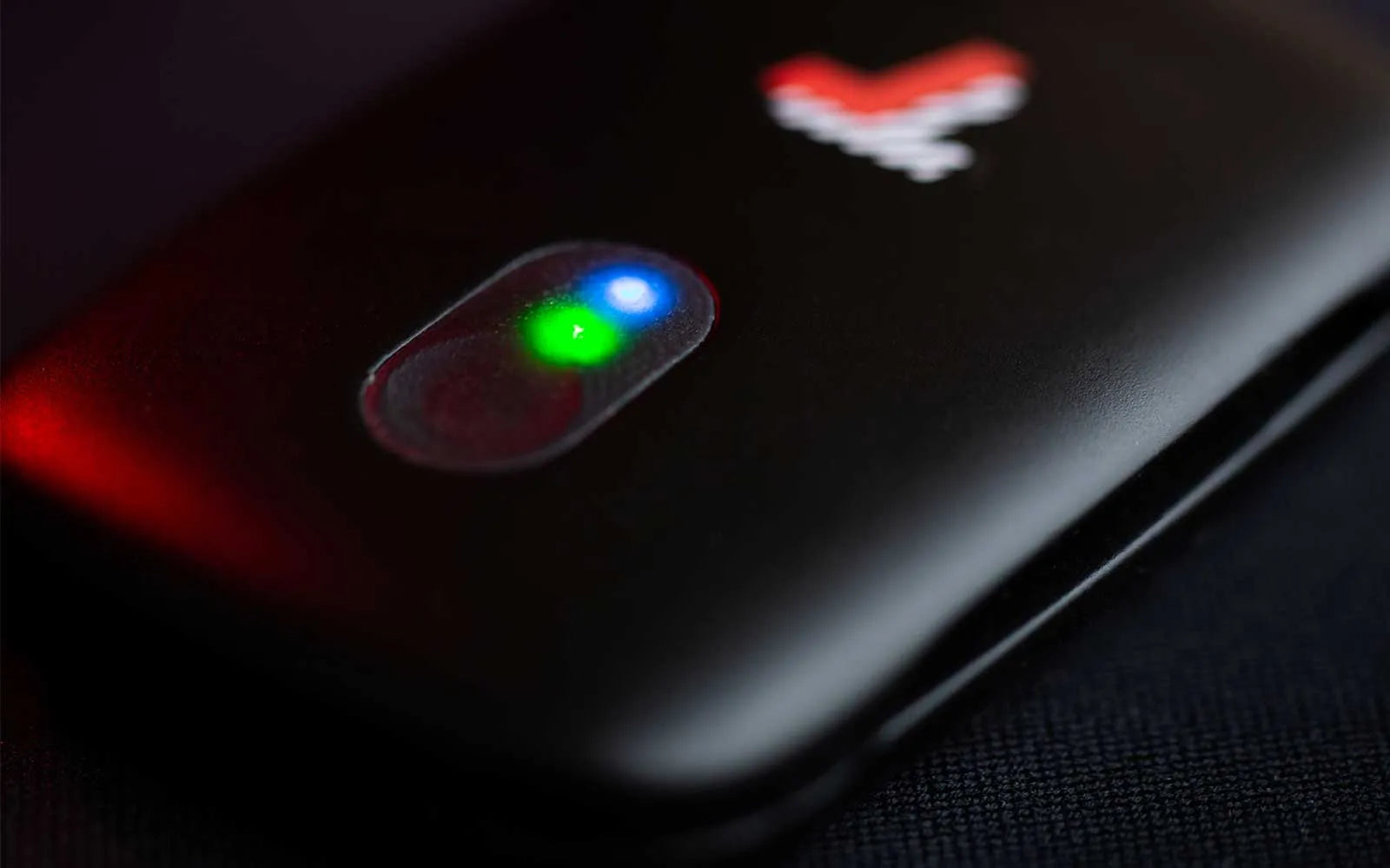The WOD_science Fitness Challenge presented by Train.Red has finally come to an end! It's time to witness a thrilling showdown between two exceptional athletes - a triathlete and a CrossFit athlete. In this blog post, we'll compare their muscles and their performances in the intense workout designed by @WOD_Science.
The WOD_science challenge
In 20 minutes, they battled it out over three intense workout sections: 5-minute max burpees, 10-minute max row, and 5-minute 3-rep max deadlift. Let's dive into the action as our triathlete and CrossFit athlete faces off in the WOD_science Fitness Challenge. Each workout section is designed to add up to a full test of fitness favoring no particular body type in CrossFit, but how does a triathlete add to the mix? The test will push both athletes to their limits and test their determination, endurance, and strength.
5-Minute Max Burpees
The 5-minute max burpees section demands pure endurance and mental fortitude. Burpees are a full-body exercise that requires explosive power and the ability to keep pushing when exhaustion sets in. The triathlete's cardiovascular prowess and resilience from their regular training might give them an edge, but the CrossFit athlete's familiarity with high-intensity workouts will likely be their game-changer.
10-Minute Max Row
Next up is the 10-minute max row, where athletes must summon their inner strength and row as far as they can in the given time. The triathlete's well-conditioned aerobic system from swimming, cycling, and running might give them an advantage here. Keep in mind, that specificity matters, although the load and intensity might suit the triathlete better, the CrossFit athlete developed strong back and core muscles through years of training various functional movements. If the triathlete wants to take a shot for the win, the row is their biggest chance. Can the endurance motor get ahead of the specifically trained powerful strokes and potentially compensate in this section for the deficit on the burpees?
5-Minute 3-Rep Max Deadlift
The final section of this workout is the 5-minute 3-rep max deadlift, which demands raw strength and proper technique. The CrossFit athlete's experience with lifting heavy weights may play to their advantage, while the triathlete's disciplined approach to training might also lead to an impressive performance.
As the dust settles, it's time to crown the overall winner of the WOD_SCIENCE Fitness Challenge. Both athletes displayed incredible determination and dedication throughout the challenge, making it a nail-biting competition.
Let’s take a look at their muscles
5-Minute Max Burpees


The first two minutes looked more like a synchronized swimming act, rather than a 20 min CrossFit workout. While going rep for rep and moving in sync, spectators could gradually see the fatigue kicking in. Due to the dynamic and full body characteristics of the burpee, the intra and inter differences in technique are not very clear in the muscle oxygen data from the upper leg. At the end of the 5 minutes however, you can clearly see the fatigue building up, expressed differently per athlete. The desaturation range for the CrossFit athletes becomes bigger, whereas the data from Triathlete starts to show a downward trend. With a slight difference in pacing strategy after the first two minutes, the athletes actually managed to do the exact same number of burpees over the rower.
76 REPS.
10-Minute Max Row


The ROW erg is merciless. Go out fast, and pay the price at the end, or go out too slow and… Is there a downside to a slow start? Naturally, for the athletes that want to empty the tank and leave no stone unturned, this is not an option, you cannot start slow. A sustainable, paced effort will likely result in better performance, something you can perfectly monitor based on the oxygen saturation in your upper leg muscles, one of the driving forces on the row.
As both athletes jumped on the rower straight after the burpees, there was some built-up fatigue in the body already. We can clearly see the experience of the CrossFit athlete with compromised aerobic capacity. Triathletes are used to being out of breath before jumping on the bike, but how big is the transfer to being out of breath after a strength exercise and jumping on the rower?
What we see in the data is that the CrossFit Athlete manages to get some recovery in the first 3 minutes on the ERG, afterward he settles in, and paces the effort to the end, resulting in 203Kcal a solid 1218kcal/hour.
Just a minute of recovery for the Triathlete on the row before we see a stable-paced effort all the way to the end. In true Triathlete fashion, we have a data geek on the rower. Not looking at kcal, or pace/min, but just looking at Watts. From knowing the Functional Threshold Power (FTP) on the bike and a bit of experience on the Row upfront we heard a desired output of 300W. Looking at the display of concept 2, spectators soon realised this plan had gone out the window. An AVG of approx. 270 Watts after the first minute. When analyzing the data it is clear however that the upper leg was not the limiting factor during this activity, the upper body and more specifically the lower arms could not keep up with the legs. Especially with the deadlift at the back of the athlete's head, there was an attempt to recover better and save some energy for the deadlift. Result in kcal? Again the exact same as the CrossFit athlete, 203kcal.
5-Minute 3-Rep Max Deadlift


Yup. This is where the triathlete got schooled. Fascinating to see the difference in muscle efficiency in the graphs above. The CrossFit athlete pulls the deadlift with a range of over 40% oxygen, whereas the Triathlete only shows 15% desaturation. A difference in technique, but very clearly a difference in muscle type.
Not only does the CrossFit athlete show a bigger range, but the recovery and warm-up towards the main set show a better trend and smarter approach. Getting a single rep in with a heavy start weight to get the blood flowing (hypereamia), and performing 2 attempts with increasing weight for the 3RM optimizing rest in between by doing the last 3 reps at 19 minutes and 40 seconds. The Triathlete on the other hand pulled 3 reps with the start weight, increased the weight, pulled 1 rep, and then took it down 10kg in order to get a decent score on the card.
- CrossFit: 207 kg, 456 lbs
- Tri athlete: 120 kg, 264 lbs
Fun challenge for sure, but who is the real winner?
In this thrilling WOD_science Fitness Challenge, we witnessed and analyzed the performances of a triathlete and a CrossFit athlete. They showcased their unique strengths and abilities, proving that different training approaches can lead to exceptional results.
As you may have guessed up front, the CrossFit athlete took the W! But remember, the true essence of the challenge lies in pushing your limits, regardless of where you stand on the leaderboard. We encourage all participants to embrace the spirit of the competition, celebrate personal achievements, and support one another in this journey towards improved fitness.
Whether you're a seasoned athlete or just starting your fitness journey, there's always room to grow and improve. The WOD_science and Train.Red community is here to celebrate your progress and motivate you to reach new heights.Good luck to all participants, and may the best athlete win!
THE FUTURE OF SPORTS PERFORMANCE
Are you an athlete looking to take your performance to the next level? Introducing Train.Red's Muscle Oxygen Sensors - the groundbreaking tool that will revolutionize your training routine. With NIRS technology, you can now monitor your muscle oxygen in real-time, giving you unparalleled insight into your body's response to exercise.
Our device measures SmO2% to determine five intensity zones of your muscles, allowing you to optimize your training and achieve better results. With our Muscle Stress Score feature, you can easily track your progress and make informed decisions about your training plan.



